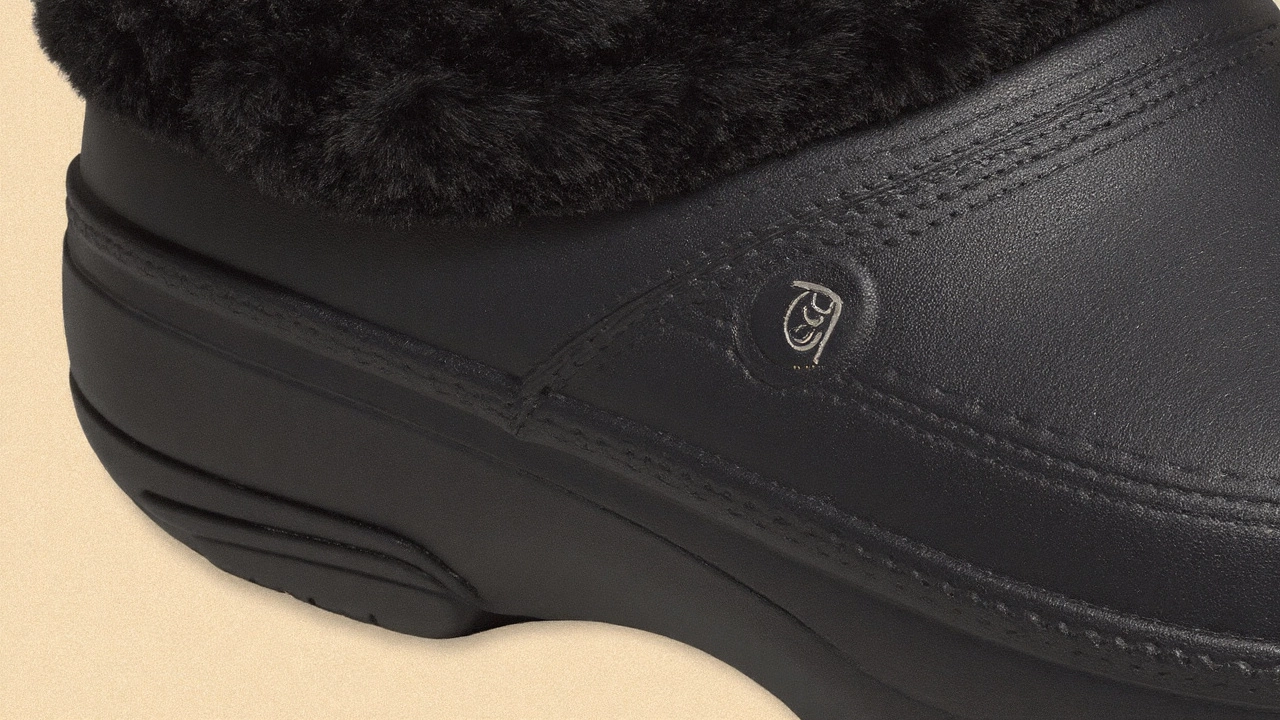Winter Shoes: How to Choose the Best Pair for Cold Weather
When the temperature drops, the last thing you want is cold, soggy feet. Picking the right winter shoes can make that whole season feel a lot more comfortable. Below you’ll get straight‑to‑the‑point advice on what to look for, plus a few solid suggestions that cover everyday wear, outdoor work, and sporty adventures.
Key Features to Look For
First up, insulation. Look for shoes that mention a specific material—like Thinsulate, fleece lining, or wool. Those fabrics trap heat without adding bulk, so you can move easily while staying toasty. Next, waterproofing matters. A good waterproof membrane (Gore‑Tex or similar) keeps rain, slush, and melted snow from seeping in. If you see a shoe with a sealed toe and heel, that’s a bonus for extra protection.
Traction is another must‑have. Winter streets can be ice‑slick, so a sole with deep, multi‑directional lugs helps you keep your footing. Look for rubber compounds that stay flexible in low temperatures; hard rubber can crack and lose grip. Finally, the fit. Your feet swell a bit in the cold, so you’ll want a little extra room—especially around the toes. A good fit means you won’t lose warmth through gaps, and you’ll avoid blisters when you’re on the move.
Top Picks for Different Activities
If you’re just commuting, a pair of insulated leather boots with a waterproof coating works great. They’re stylish enough for the office and rugged enough for puddles. For folks who work outdoors—construction, landscaping, or delivery—look for steel‑toe options that combine insulation with impact protection. The added toe guard lets you tackle rough sites without worrying about dropped tools.
Snow sports enthusiasts have a different set of needs. Boots built for skiing or snowboarding often feature a stiffer sole and higher ankle support. Even if you’re just shoveling snow, a boot with a reinforced ankle helps prevent twists on uneven terrain. And if you love hiking in winter, a mid‑height boot with a Vibram sole and breathable membrane gives you grip on icy trails while letting sweat escape.
Don’t forget about casual wear. There are plenty of sneaker‑style winter shoes that blend insulation, water resistance, and a low‑key look. They’re perfect for running errands or meeting friends for coffee. Pair them with thick socks—merino wool works best—to lock in extra heat without feeling bulky.
Quick maintenance tip: after a day in the snow, wipe off any salt residue and let the shoes air dry away from direct heat. Heat can damage waterproof membranes and shrink the lining. Throw a few newspaper sheets inside to speed up drying and keep shape.
In short, the best winter shoe checks four boxes: solid insulation, reliable waterproofing, strong traction, and a comfortable fit that accounts for swelling. Pick a style that matches your daily routine, and you’ll stay warm, safe, and ready for whatever the cold throws at you.
